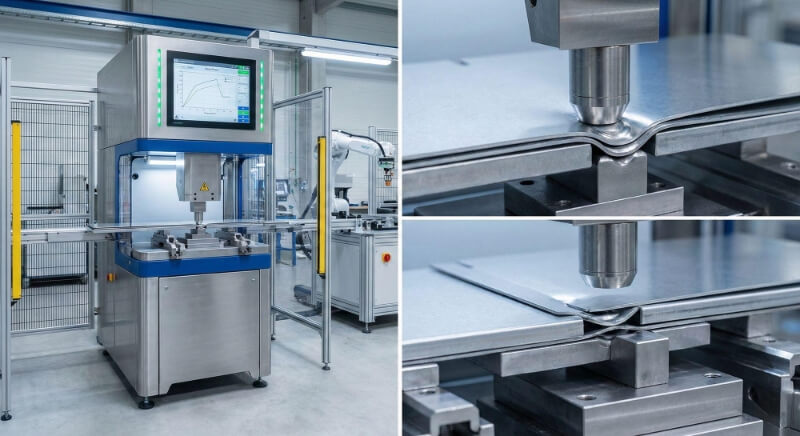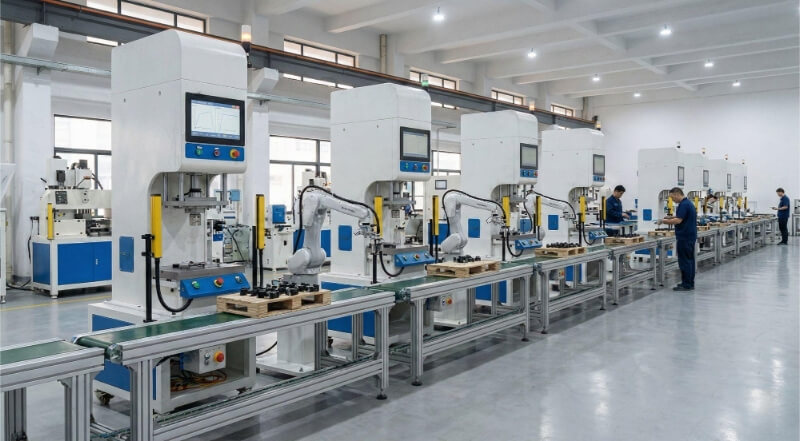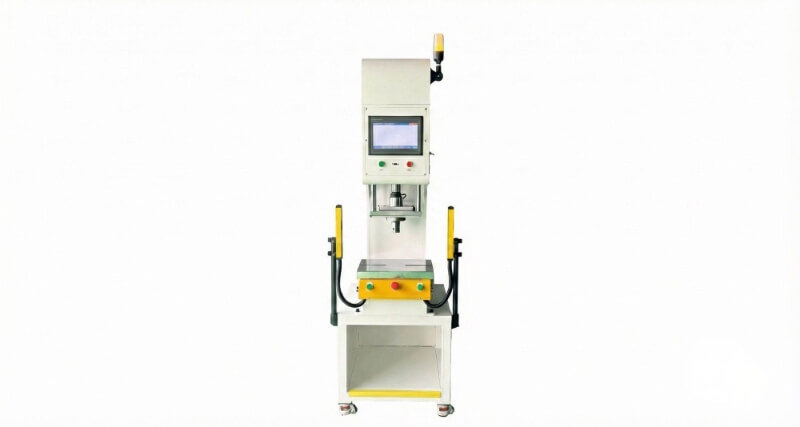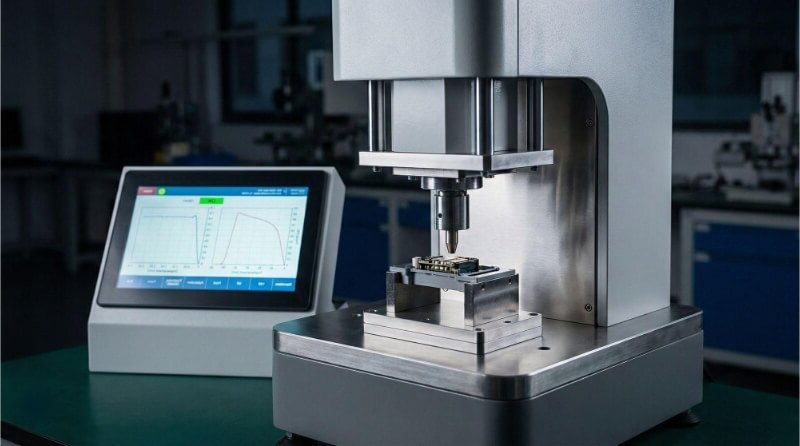Stainless steel stamping is a crucial manufacturing technique that transforms flat sheets of stainless steel into complex shapes. Many engineers and designers face challenges in achieving precise dimensions and maintaining quality during this process. Understanding the steps involved can alleviate these concerns and improve product outcomes.
Let’s break down each stainless steel stamping process phase to help you make informed decisions for your next manufacturing project.
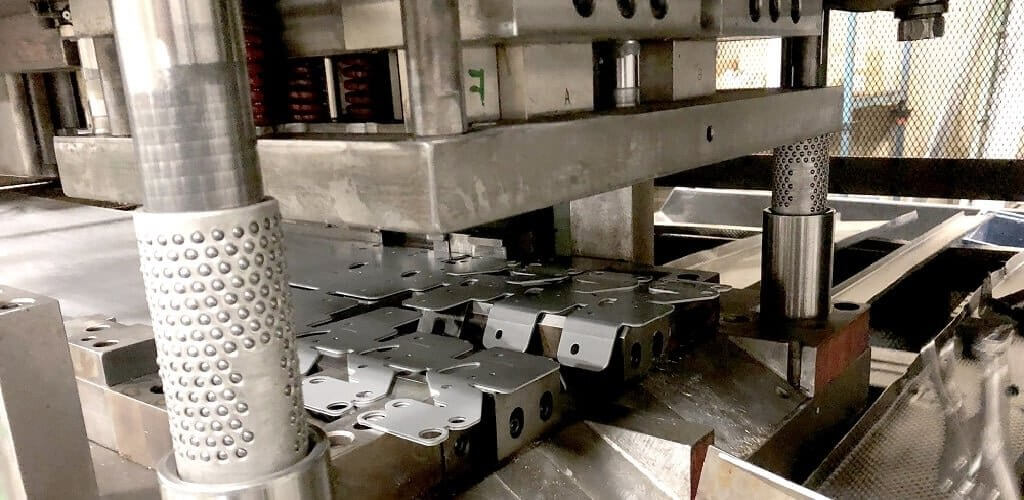
What is Stainless Steel Stamping?
Stainless steel stamping is a cold-forming process that shapes stainless steel sheets using custom-designed dies and powerful mechanical or hydraulic presses. The process creates identical parts by applying controlled pressure to cut, bend, and form the metal into desired configurations.
From simple brackets to complex automotive components, stamping handles diverse product requirements while maintaining tight tolerances.
Types of Stainless Steel Used in Stamping
The choice of stainless steel grade directly impacts stamping success and final product performance. Each grade offers specific benefits for different applications and forming requirements.
Understanding Stainless Steel Grades
Stainless steel comes in various grades, each with unique properties that affect its performance in stamping applications. The most common types include austenitic, martensitic, ferritic, and duplex stainless steel.
Choosing the Right Stainless Steel for Stamping
Selecting the appropriate stainless steel grade for stamping depends on the application’s specific requirements. For general-purpose stamping, 304 stainless steel is popular due to its excellent formability and corrosion resistance. 316 stainless steel is preferred for environments exposed to chlorides or acids because of its superior corrosion resistance.
When higher strength is necessary, 409 stainless steel may be selected for its hardness. Understanding the intended use of the stamped parts will guide the selection process.
How to Stamp Stainless Steel: Step-by-step
Step 1: Creating the Die
The first step in stamping stainless steel is designing and creating the die. This involves determining the shape and dimensions of the final part.
Step 2: Prepare the Material
Next, prepare the stainless steel sheets for stamping. This involves cutting the sheets to the appropriate size and ensuring they are free from contaminants like oil, dirt, or rust.
Step 3: Install the Die and Set Up the Press
Install the die into the stamping press once the die is ready and the material is prepared. Set up the media according to the specifications required for the material thickness and type of operation.
Step 4: Apply Lubricant
Spray or apply a thin layer of lubricant to the surface of the stainless steel sheet. This helps reduce friction during the stamping process and extends the lifespan of the die.
Step 5: Begin the Stamping Process
With everything in place, start the stamping process by activating the press. The die will forcefully shape the stainless steel sheet into the desired form.
Step 6: Inspect the First Part
After the first piece is stamped, inspect it carefully for accuracy. Check for any defects, such as incomplete cuts, burrs, or incorrect dimensions. Adjust the press if necessary.
Step 7: Repeat the Process
Once satisfied with the initial part’s quality, continue with production by repeating the stamping process.
Step 8: Finishing
After stamping, some parts may require additional finishing processes such as deburring, polishing, or coating.
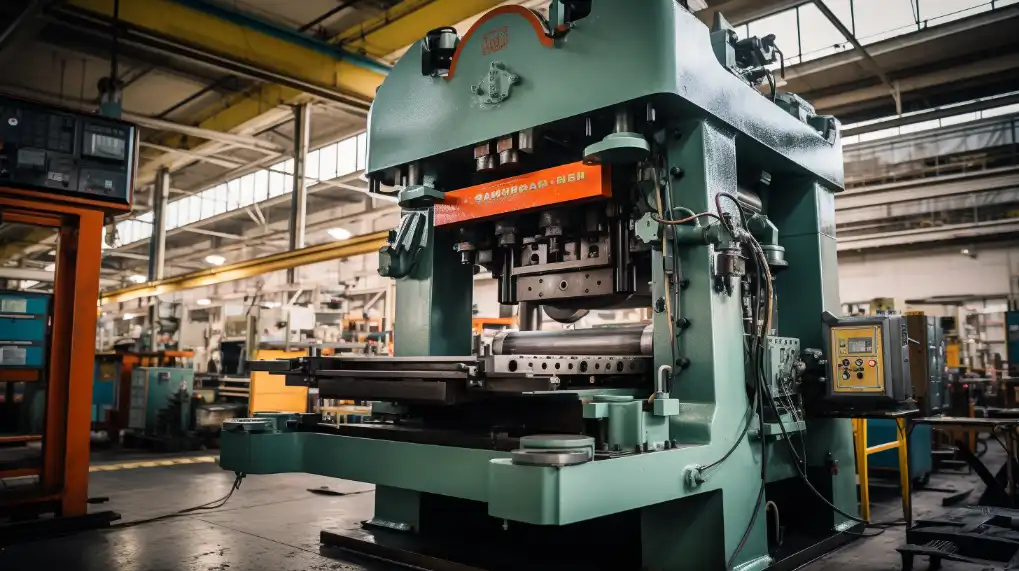
Understand the Benefits of Stamping Stainless Steel
Stamping stainless steel offers numerous advantages, making it a preferred choice in various industries. Here are some key benefits:
- High Volume, Low-Cost Production: Stamping allows for the mass production of intricate parts at a lower cost per unit.
- Reduced Material Waste: Stamping generates less scrap material than other manufacturing processes, making it a more sustainable option.
- Corrosion Resistance: Stainless steel is inherently corrosion-resistant due to its chromium content.
- Strength and Durability: Stainless steel retains its strength under stress and impact, making it ideal for components that must endure mechanical loads.
- Precision and Consistency: The stamping process allows for tight tolerances and high repeatability, ensuring that each part meets exact specifications.
Applications of Stainless Steel Stamping
Stainless steel stamping is widely utilized across various industries due to its durability, corrosion resistance, and versatility. Here are some key applications:
Automotive Industry
Stainless steel stamped parts are integral to automotive manufacturing. They are used in fuel system parts, exhaust systems, brackets, and structural elements.
Medical Devices
The medical field relies on stainless steel stamping for surgical instruments, dental tools, and implantable devices. The material’s biocompatibility and ease of sterilization ensure that these components meet stringent hygiene standards.
Electronics
Stainless steel is used in the electronics industry for connectors, switches, battery contacts, and brackets. Its excellent conductivity and durability make it suitable for various electronic applications.
Aerospace
Stainless steel stamping is critical in aerospace manufacturing for producing parts like landing gear components, brackets, and structural elements. These components must withstand extreme conditions while maintaining high strength and reliability.
Consumer Goods
Stainless steel stamping is used to make many household items, including cookware, cutlery, hinges, and decorative accessories. The material’s attractive appearance and corrosion resistance make it a popular choice for consumer products.
Industrial Equipment
Components such as valves, pumps, and machinery housings often use stainless steel stamping to ensure durability and resist corrosive environments.
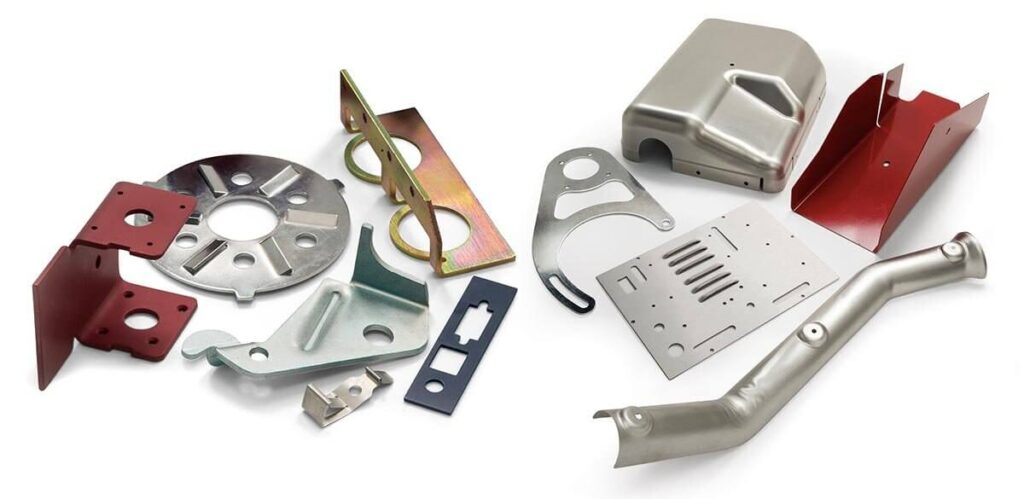
Stamping Techniques for Stainless Steel
Modern stamping techniques have evolved to meet diverse manufacturing needs. Each method brings unique advantages to specific applications, from simple brackets to complex medical devices.
Progressive Die Stamping for Stainless Steel
Progressive die stamping is an efficient method for producing stainless steel parts. It involves feeding a continuous strip of metal through a series of dies, where each station performs a specific operation like bending or punching.
Transfer Die Stamping for Complex Parts
Transfer die stamping creates intricate stainless steel components that require multiple operations. This method separates the blank from the metal strip and moves between various stations using a transport system.
Deep Drawing and Its Role in Stainless Steel Stamping
Deep drawing shapes stainless steel sheets into deep, hollow forms. A punch pulls the metal into a die cavity, stretching it while maintaining thickness.
Impact of Punching and Blanking on Stainless Steel Parts
Punching and blanking are key processes in stainless steel stamping that cut specific shapes from sheets. Blanking removes the desired shape to create a blank while punching creates holes or cutouts.
Stainless Steel Stamping vs. Other Metal Forming Techniques
When comparing stainless steel stamping to other metal forming techniques like CNC machining and casting, several key differences emerge:
Precision and Complexity
CNC machining excels in producing parts with tight tolerances and complex geometries. It uses computer-controlled tools to remove material from a solid block, allowing for intricate designs.
In contrast, stamping is typically faster for high-volume production but may not achieve the same level of precision for complex shapes.
Production Speed
Stamping is generally faster for mass production due to its ability to create multiple parts in a single operation.
CNC machining, while precise, has longer cycle times, making it less efficient for large quantities.
Casting can also produce complex shapes but often involves longer lead times due to mold preparation and cooling processes.
Cost Considerations
Stamping tends to have lower costs per unit for high-volume runs since it minimizes material waste and requires less labor.
CNC machining can be more expensive due to the need for specialized equipment and longer processing times.
Casting may offer cost benefits for large quantities but can lead to higher scrap rates and longer setup costs.
Conclusion
Stainless steel stamping is a fast and efficient method for producing strong, durable components. Its advantages include high production speed, cost-effectiveness, and excellent corrosion resistance, making it ideal for various applications.
If you’re ready to explore stainless steel stamping for your next project, contact us today to learn how we can assist you in achieving your manufacturing goals!
Hey, I'm Kevin Lee

For the past 10 years, I’ve been immersed in various forms of sheet metal fabrication, sharing cool insights here from my experiences across diverse workshops.
Get in touch

Kevin Lee
I have over ten years of professional experience in sheet metal fabrication, specializing in laser cutting, bending, welding, and surface treatment techniques. As the Technical Director at Shengen, I am committed to solving complex manufacturing challenges and driving innovation and quality in each project.

